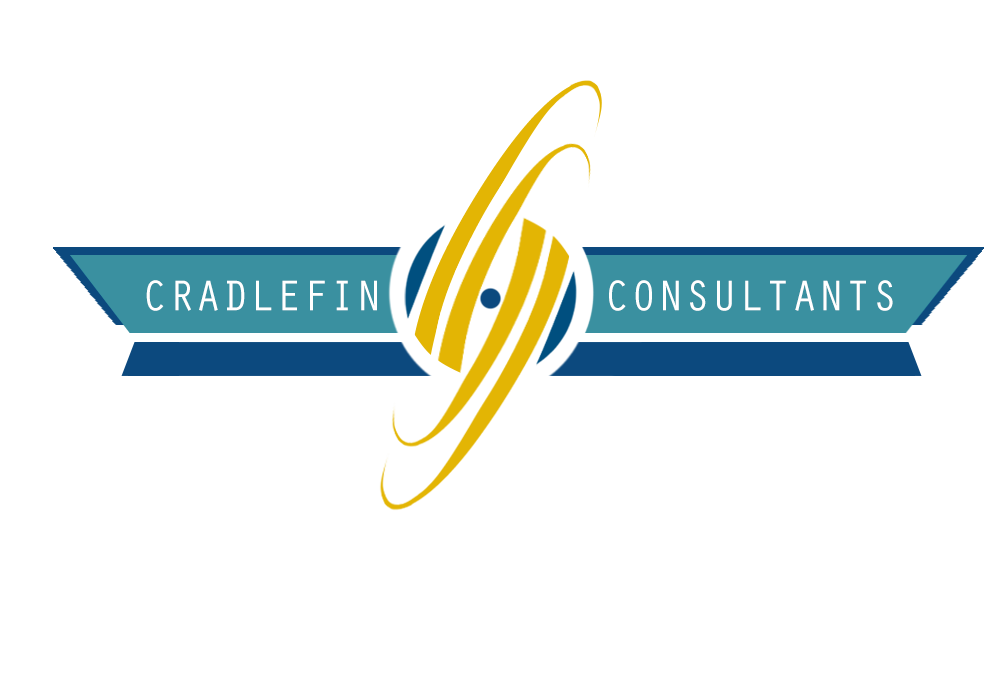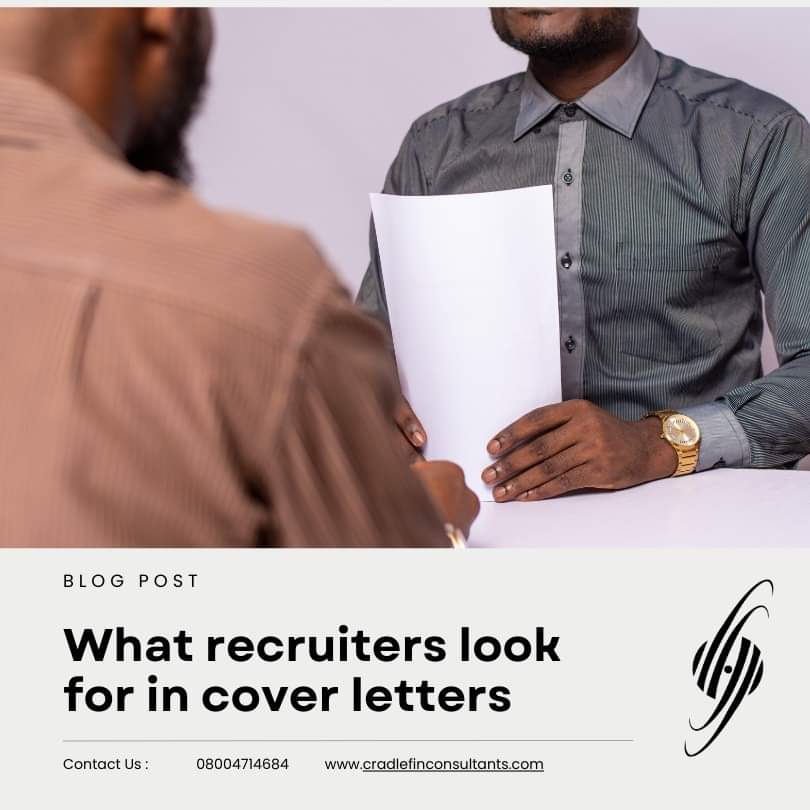Introduction
Cover letters play a crucial role in the job application process, serving as a personalised introduction to potential employers. While resumes provide a comprehensive overview of one’s skills and experience, cover letters allow applicants to convey their enthusiasm for a specific position and showcase their unique qualifications. In this article, we will explore what recruiters look for in cover letters, including key elements that make them effective, tips for tailoring them to specific job listings, and common pitfalls to avoid. By understanding the importance of cover letters and mastering the art of crafting compelling ones, applicants can significantly enhance their chances of standing out to recruiters in a competitive job market.
1. Importance of Cover Letters in the Job Application Process
The Role of Cover Letters in Providing Additional Information
Cover letters are like the side dish to the main course of your resume – they provide extra flavour and detail that can make your application stand out. They give you a chance to showcase your personality, communication skills, and enthusiasm for the position.
How Cover Letters Complement Resumes
While resumes list your qualifications and experience in a straightforward manner, cover letters allow you to tell a storey. They provide context for your achievements and help recruiters understand the person behind the bullet points on your resume.
2. Key Elements of an Effective Cover Letter
Introduction to the Cover Letter
Think of your cover letter as a handshake with the hiring manager – it’s your chance to make a strong first impression. Start with a brief introduction that clearly states the position you’re applying for and why you’re excited about it.
Highlighting Relevant Achievements
Rather than rehashing your entire resume, focus on highlighting a few key achievements that demonstrate your skills and qualifications for the job. Use specific examples to show how your experience makes you a great fit for the role.
Expressing Genuine Interest in the Position
Recruiters can smell a generic cover letter from a mile away. Show genuine enthusiasm for the company and the role by doing your research and explaining why you’re excited about the opportunity. Personalise your letter to show that you’re not just mass-emailing every job listing you come across.
3. Tailoring Your Cover Letter to the Job Listing
Researching the Company and Job Requirements
Before sitting down to write your cover letter, take the time to research the company and the specific job requirements. This will help you tailor your letter to highlight the skills and experiences that are most relevant to the position.
Customising Content to Match the Job Description
Recruiters want to see that you understand what they’re looking for in a candidate. Use the job description as a guide to customise your cover letter, making sure to address the key qualifications and responsibilities mentioned in the listing.
4. Showcasing Relevant Skills and Experiences
Emphasising Transferable Skills
Even if you don’t have direct experience in the exact role you’re applying for, emphasise your transferable skills. Highlight how your past experiences have equipped you with the abilities needed to excel in the new position.
Linking Past Experiences to the Job Requirements
Make connections between your previous roles and the requirements of the job you’re applying for. Show how your experiences have prepared you for the challenges and responsibilities of the new role, making a compelling case for why you’re the best candidate.
5. Writing a Strong Opening and Closing
Crafting an Engaging Introduction
Your cover letter’s introduction is like the opening act of a show—it needs to captivate the audience (aka the recruiter) right away. Avoid generic openings and instead, consider starting with a brief storey or an impressive accomplishment to grab their attention.
Concluding with a Compelling Call to Action
Just like a good movie needs a satisfying ending, your cover letter should wrap up with a strong closing. End with a call to action that prompts the recruiter to take the next step, like inviting them to discuss how your skills can benefit their team.
6. Avoiding Common Cover Letter Mistakes
Addressing the Recipient Incorrectly
Getting the recruiter’s name wrong is like wearing mismatched socks to an interview—it leaves a bad impression. Double-cheque the recipient’s name and title to show that you pay attention to detail.
Avoiding Generic Templates and Language
Using a generic cover letter template is like showing up to a party wearing the same outfit as someone else—it’s boring and lacks personality. Tailor your cover letter to the specific job and company, and avoid cliches and overused phrases.
7. Formatting and Presentation Tips for Cover Letters
Choosing the Right Font and Layout
Your cover letter’s font and layout should be like the perfect outfit for an interview—professional and polished. Stick to standard fonts like Arial or Times New Roman, and ensure your cover letter is well-organised and easy to read.
Including Contact Information and a Professional Sign-Off
Don’t forget to include your contact information at the end of the cover letter—it’s like leaving your business card after a networking event. Finish with a professional sign-off, such as “Sincerely,” followed by your name.
8. The Role of Cover Letters in Standing Out to Recruiters
Demonstrating Personality and Fit with Company Culture
Your cover letter is your chance to show recruiters the real you—not just a list of qualifications. Demonstrate your personality, enthusiasm for the role, and how you align with the company’s values and culture.
Creating a Memorable and Impactful Cover Letter
Think of your cover letter as your personal pitch to the recruiter—make it memorable! Use storytelling, specific examples, and a touch of creativity to leave a lasting impression that sets you apart from other candidates.
Closing Thoughts
Crafting a well-written cover letter is an essential part of the job application process, as it provides an opportunity to make a memorable impression on recruiters. By focusing on showcasing relevant skills and experiences, tailoring the content to the job listing, and paying attention to formatting and presentation, applicants can increase their chances of getting noticed by prospective employers. Remember, a strong cover letter not only complements your resume but also demonstrates your genuine interest in the position and company. By following the tips outlined in this article, you can effectively communicate your qualifications and stand out as a top candidate in the eyes of recruiters.





